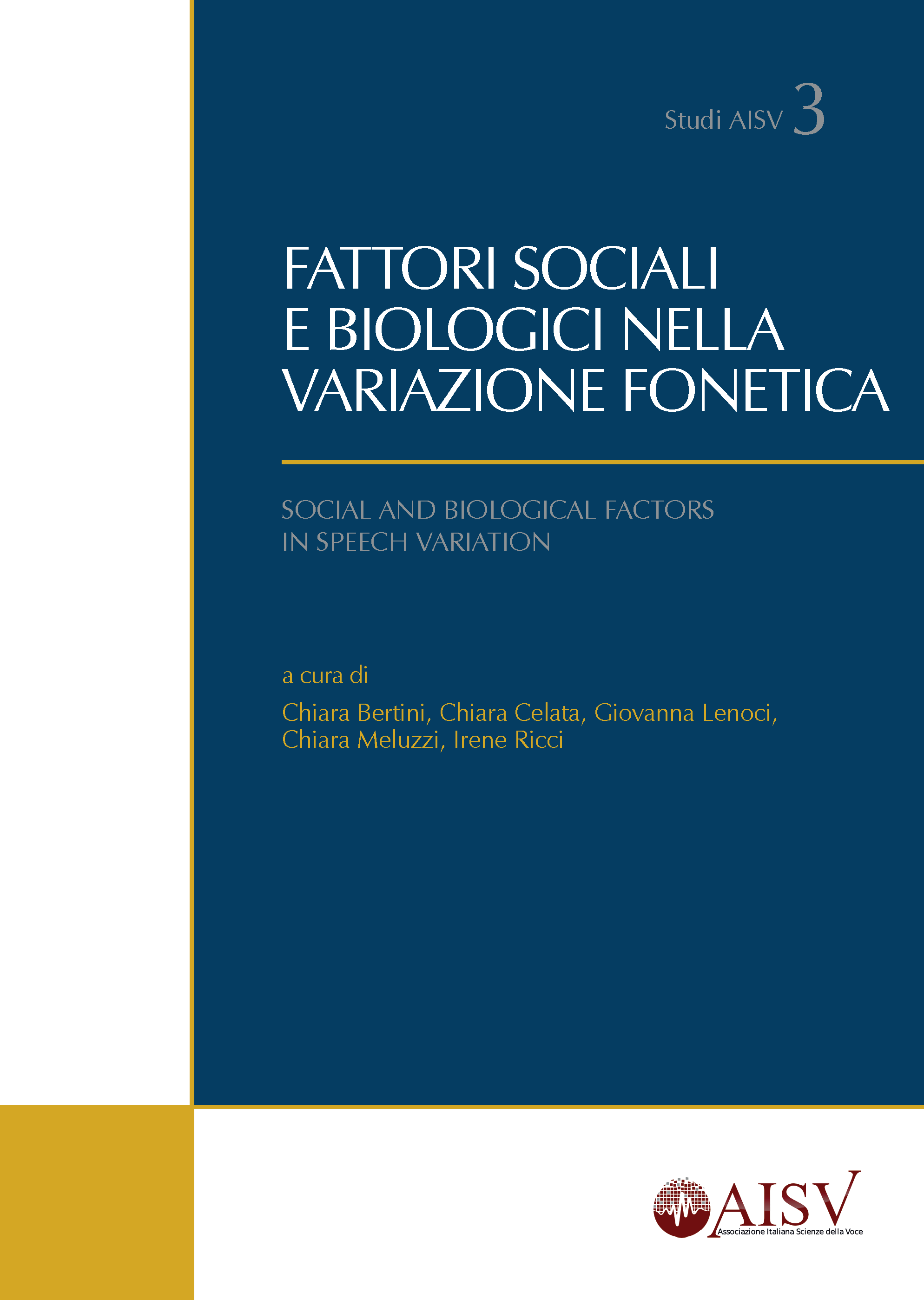The laryngeal articulator’s influence on voice quality and vowel quality
DOI:
https://doi.org/10.17469/O2103AISV000001Keywords:
larynx, epilaryngeal, aryepiglottic, laryngoscopic, vowel qualityAbstract
In order to account for sound qualities that emerge from the lower vocal tract, the traditional articulatory model of the vocal tract has to be redrawn. The lower vocal tract incorporates an epilaryngeal tube, aryepiglottic articulators, larynx-height adjustments, and sublingual pharyngeal spaces influenced by epilaryngeal parameters and by lingual-retraction parameters. Laryngoscopic observations reveal how several pharyngeal strictures and laryngeal voice qualities function in a variety of linguistic systems. Parallel cineradiographic, ultrasound, and MRI techniques reveal that laryngeal articulation is critical in shaping tonal register effects and vowel quality. The lower vocal tract is shown to be a significant contributor in shaping the auditory/acoustic output of vowels that are usually defined by uniquely oral parameters. More extreme laryngeal modifications evoke changes to vowel quality that differ by vowel category and by laryngeal effect.
Downloads
Published
Issue
Section
License

This work is licensed under a Creative Commons Attribution-NonCommercial 4.0 International License.





